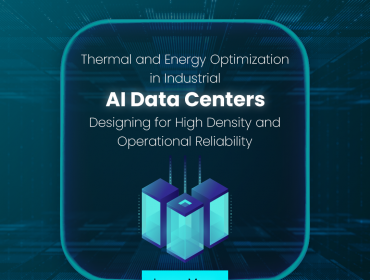In the aviation industry, fuel consumption is a significant cost factor that airlines have to consider. The International Air Transport Association (IATA) estimates that fuel accounts for approximately 23% of an airline’s operating costs1. Therefore, optimizing flight paths for fuel efficiency is a crucial aspect of airline operations. Supercomputers play a vital role in this optimization process.
What are Supercomputers? And How do Supercomputers Optimize Flight Paths?
Supercomputers are high-performance computing systems that can perform complex calculations at an incredibly fast rate. They are capable of processing vast amounts of data and can perform multiple calculations simultaneously. Supercomputers are used in various fields, including scientific research, weather forecasting, and financial modeling.
Supercomputers use complex algorithms to optimize flight paths for fuel efficiency. These algorithms take into account various factors such as weather conditions, air traffic congestion, and aircraft performance. By analyzing vast amounts of data in real time, supercomputers can calculate the most efficient flight path for an aircraft.
One of the most significant advantages of using supercomputers for flight path optimization is the ability to perform calculations in real time. This means that airlines can adjust flight paths on the fly to account for changing conditions. For example, if there is a sudden change in weather conditions, supercomputers can quickly calculate a new flight path that takes into account the new conditions.

The Benefits of Optimizing Flight Paths for Fuel Efficiency
Optimizing flight paths for fuel efficiency has several benefits for airlines:
- It reduces fuel consumption, which is a significant cost factor for airlines. According to the IATA, a 1% reduction in fuel consumption can save the aviation industry approximately $2 billion per year1.
- Optimizing flight paths can reduce carbon emissions, which is essential for airlines looking to reduce their environmental impact.
- Optimizing flight paths can improve on-time performance by reducing flight times and minimizing delays caused by air traffic congestion.
Real-World Examples of Supercomputers Optimizing Flight Paths
Several airlines have already started using supercomputers to optimize flight paths for fuel efficiency. For example, in 2016, United Airlines partnered with the Argonne National Laboratory to develop a new flight path optimization system2. The system uses supercomputers to analyze various factors such as weather conditions, air traffic congestion, and aircraft performance to calculate the most efficient flight path for each flight.
Another example is the partnership between Boeing and NASA. In 2019, the two organizations announced a collaboration to develop a new flight path optimization system3. The system uses supercomputers to analyze various factors such as weather conditions, air traffic congestion, and aircraft performance to calculate the most efficient flight path for each flight.
The Challenges of Using Supercomputers for Flight Path Optimization
Despite the benefits of using supercomputers for flight path optimization, there are also some challenges that airlines have to overcome. One of the challenges is the cost of acquiring and maintaining supercomputers, which can be very expensive. Another challenge is the security and privacy of the data that supercomputers process, which can be vulnerable to cyberattacks or unauthorized access. A third challenge is the coordination and communication between different stakeholders, such as pilots, air traffic controllers, and ground staff, who have to follow the optimized flight paths and adapt to any changes.

Conclusion
Supercomputers play a vital role in optimizing flight paths for fuel efficiency. By analyzing vast amounts of data in real time, supercomputers can calculate the most efficient flight path for an aircraft. Optimizing flight paths for fuel efficiency has several benefits for airlines, including reducing fuel consumption, reducing carbon emissions, and improving on-time performance. However, there are also some challenges that airlines have to overcome, such as the cost, security, and coordination of using supercomputers. As airlines continue to look for ways to reduce costs and improve their environmental impact, the use of supercomputers for flight path optimization is likely to become more widespread.











